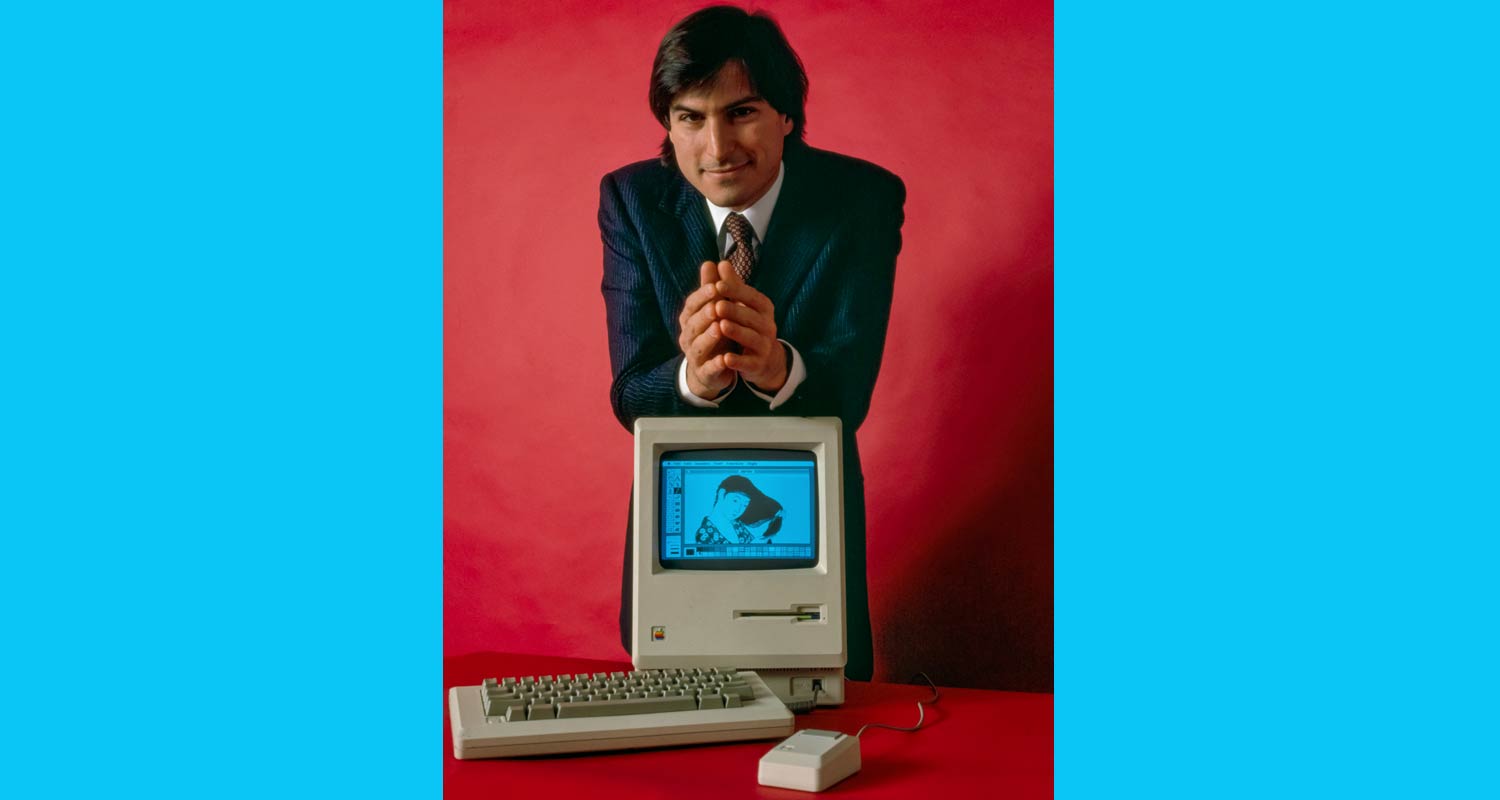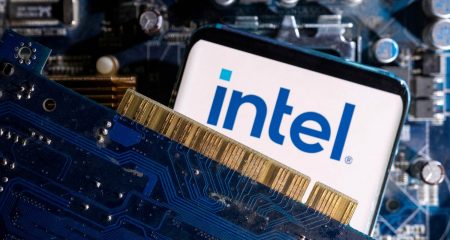
Apple’s Macintosh was the first successful mass-market PC designed with elegance and aesthetics in mind. On Wednesday, it turns 40.
Born in 1984, the year in which George Orwell’s dystopian novel is set, the Macintosh represented a breakaway from the bland grey of corporate computing power that IBM embodied. From the perspective of Apple co-founder Steve Jobs, IBM was a representation of Orwell’s power-hungry “Big Brother”.
“It appears IBM wants it all. Apple is considered the only force that can give IBM a run for it’s money. Will Big Blue dominate the entire computer industry? The entire information age? Was George Orwell right?” Jobs said at the Macintosh launch. (Big Blue was a term commonly used at the time to refer to IBM, which at the time was the computer industry’s biggest company – by far.)
Jobs’s words were echoed – deliberately so – in the classic television advertisement for the Macintosh. The ad – watch it below – was directed by Ridley Scott and was set against a musty backdrop, the lone colourful figure of a vigorous female athlete amid a horde of inert, hypnotised automatons. She hurls a hammer that destroys the on-screen image of a commanding dictator, metaphorically shattering the status quo and freeing masses in the process. “On January 24th, Apple Computer will introduce the Macintosh. And you will see why 1984 won’t be like 1984,” a narrator says.
And just like that, the Macintosh (shortened to just “Mac” after 1999) had arrived – and the computer industry would never be the same again.
Although competitive from a technical point of view – featuring an 8MHz Motorola 68000 processor, 64KB of RAM and a 400KB floppy disk drive – what set the Macintosh apart from rivals – including the then-newly launched IBM PC, the Commodore and the Tandy – was the humanist ethos reflected in its design. The Macintosh was beautiful to look at and, unlike the PC with its command-line interface (DOS), easy to use.
GUI and mouse
Typical of his obsessive and unwavering personality, Jobs had insisted that the Macintosh use a graphical user interface (GUI) and a mouse, features carried over from the Lisa – an expensive and unpopular computer Apple had released a year earlier – that have defined the standard PC interface ever since. The GUI could also display text in a variety of fonts, sizes and variants – another feature Jobs insisted on, this one influenced by a calligraphy course he took before dropping out of college.
“It was the first computer with beautiful typography,” Jobs later said at his iconic Standford commencement address. “If I had never dropped in on that single course in college, the Mac would have never had multiple typefaces or proportionally spaced fonts. And since Windows just copied the Mac, it’s likely that no personal computer would have them.”
Read: No Intel inside: first Apple Macs get homegrown silicon with M1 chips
As personal computing evolved into the 1990s, beauty and ease of use became synonymous not just with the Macintosh but with Apple itself. As the chip architecture migrated from the original Motorola chips onto Risc-based PowerPC chips that ran the Power Mac, PowerBook, iBook and iMac, advancements in design saw the introduction of colour graphics in the Macintosh II. Another iconic Mac from the 1990s – the iMac G3 – was sold from 1998 to 2003 and is considered to be one of the most gorgeous computers ever made. The G3 was the first product released after Jobs’s return to Apple following an 11-year hiatus and signalled a renaissance at the company.
The Mac would go through another chip overhaul when Apple switched to Intel chips in 2006. That same year, Apple introduced the first MacBook Pro, which featured a sleek aluminium design and Intel Xeon processors, making it a popular choice for professionals. The MacBook Air followed in 2008 and was the thinnest laptop in the world at the time, weighing only 1.36kg and measuring 1.93cm at its thickest point.
In 2012, Apple launched the MacBook Pro with Retina Display, which had a high-resolution display and a slim design. with: The 2015 MacBook Pro represented the end of an era in terms of connectivity and aesthetics. Later generations would do away with the full-sized SD card slot, HDMI, USB-A and MagSafe magnetic power ports in favour of a sleeker design. It was also the last MacBook to feature an Apple logo that glowed when the machine was powered up.
After 14 years with Intel, Apple in 2020 announced a transition away from Intel to its own Risc-based chip architecture called Apple Silicon, with the chips made by manufacturing partner TSMC. The transition represented a significant milestone for the company and has allowed it to offer improved performance and extended battery life, in addition to making it easier for developers to write and optimise software for the entire Apple ecosystem. This has edged Apple’s MacBook notebooks ahead of competitors, boosting market share in the process.
Read: Steve Jobs: a genius to the end
After 40 years, then, the Mac is still going strong, supported by a loyal and growing army of fans. The Mac – in all its guises – is today slimmer, smarter and faster than ever. Apple Silicon and a great design ethos is keeping Jobs’s original design philosophy alive. The pricing, however, may not be as well aligned to “the PC for everyone else” that Jobs intended the original Mac to be. – © 2024 NewsCentral Media




